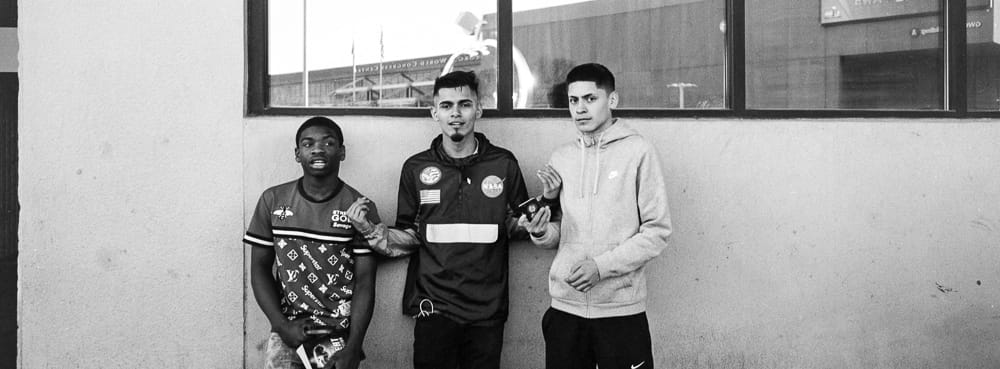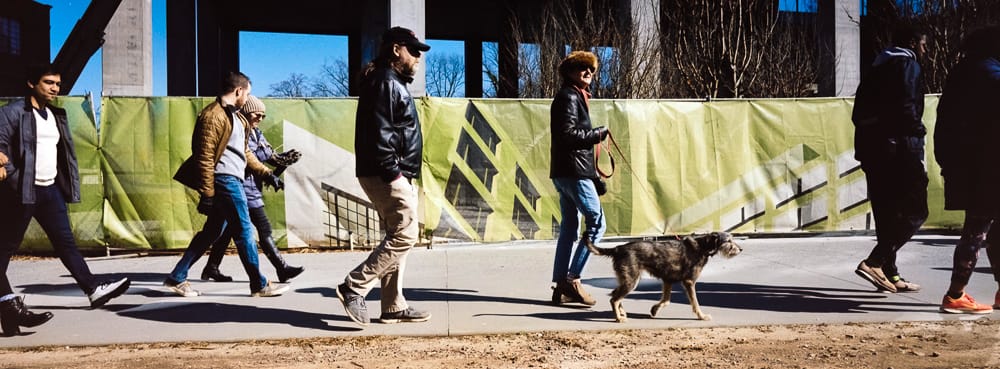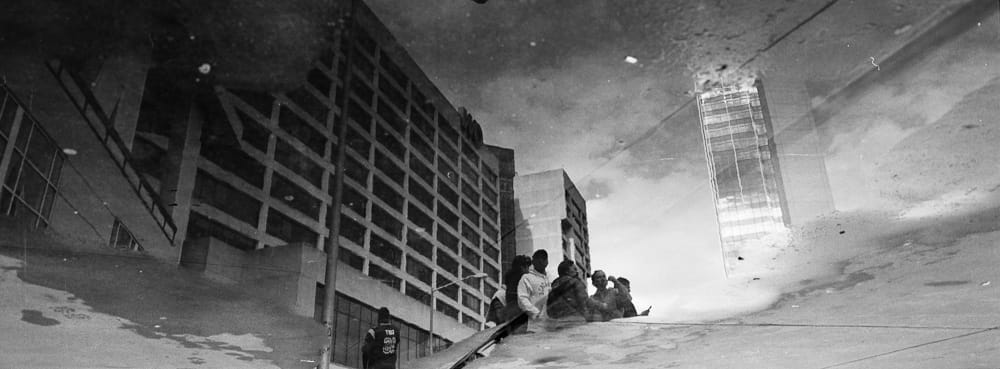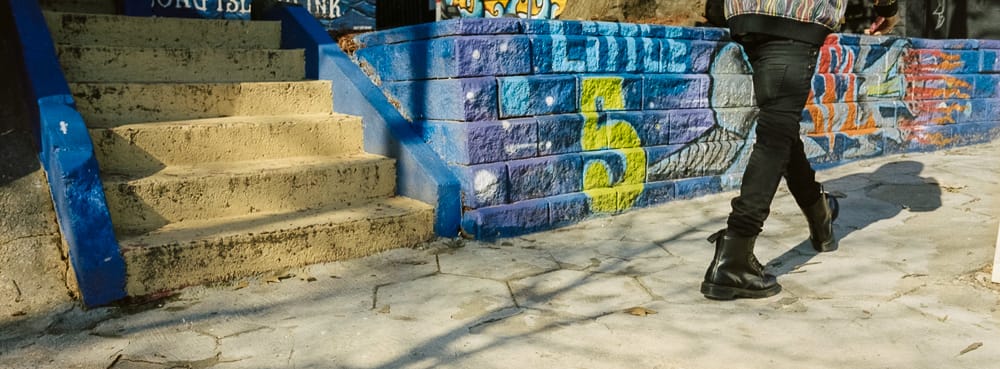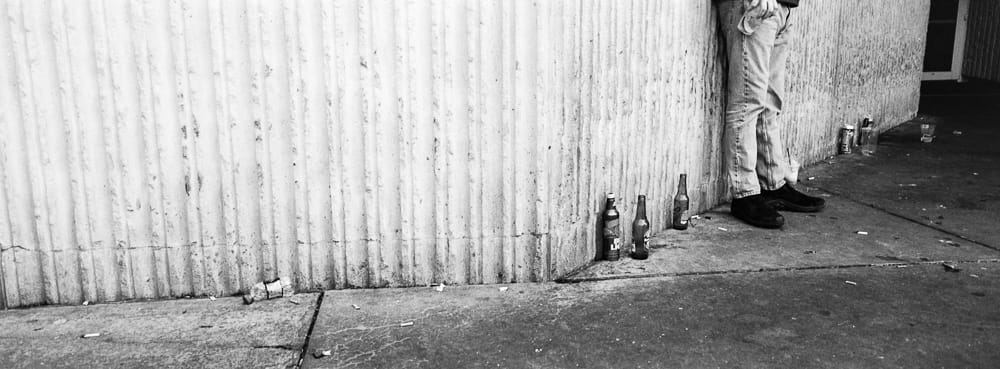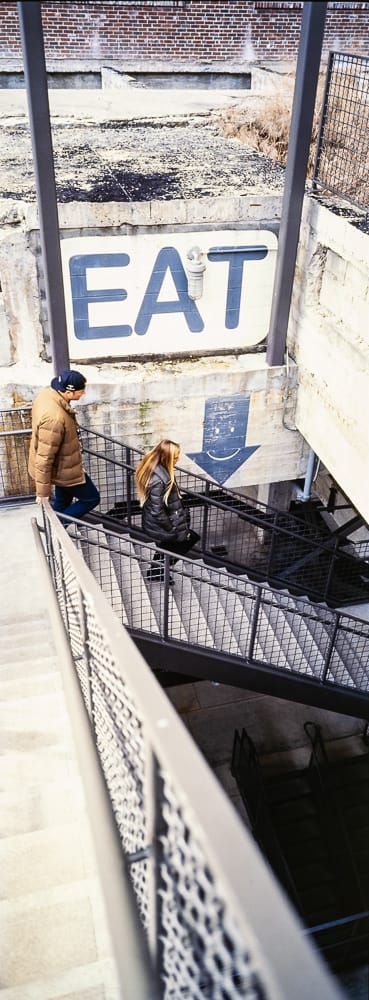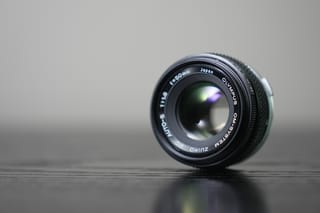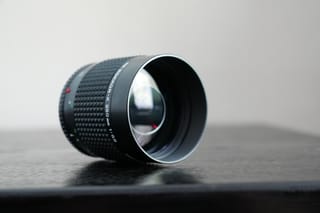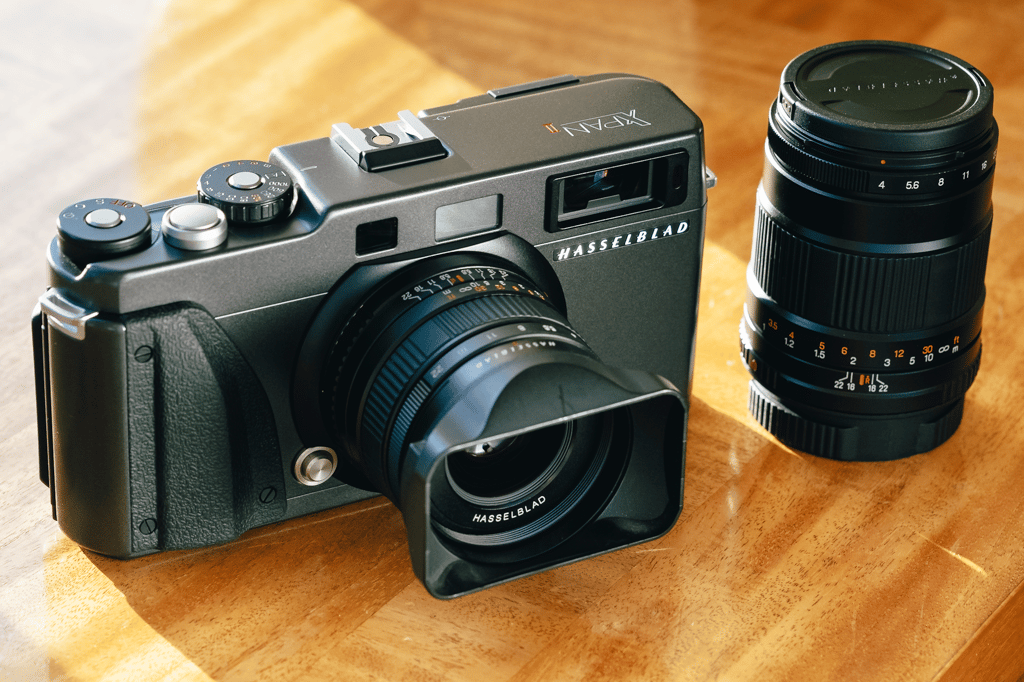
So many films—from classics like Ben Hur and 2001: A Space Odyssey, all the way to modern flicks like Quentin Tarantino’s The Hateful Eight and Christopher Nolan’s Dunkirk—have used 70mm film to capture a wider scope and immerse the viewer into the picture. It’s an effective format to use when capturing epic landscapes, complex set pieces and stunning vistas, as you can see in the supercut below.
It only makes sense for photographers to try and capture that same feeling and scope by shooting on wider formats.
There’s only been a few cameras that have dared to go wider than the standard square, 2×3, 4×3 or 8×10 formats, and they’ve mainly been focused on landscape photography. Cameras like the Noblex and the Panon Widelux use rotating lenses to achieve an approximate 24×58 aspect ratio, but require to be stationary on a tripod for good results and often come with obvious limitations. If you want to capture panoramic shots of non-static subjects or on the move, however, your choices are severely limited.
If you do any research on this topic, you’ll likely come upon a particular panoramic rangefinder that is highly coveted in photography circles—the Hasselblad Xpan.
SHOP ALL HASSELBLAD XPAN PRODUCTS

The original Hasselblad Xpan was released in 1998, and was actually manufactured by Fujifilm, who also released their own branded version as the Fujifilm TX-1.
The Hasselblad Xpan II (a.k.a. Fujifilm TX-2) followed in 2003. Three lenses are available for the system, a 45mm f/4, a 90mm f/4, and a 30mm f/5.6 which requires an external viewfinder. Fujifilm manufactured all the lenses, and if you’re familiar with their glass, you know that it’s top-notch.
While the camera had limited appeal at the time of release, it has only grown in popularity over the years—anyone who’s been tracking the used market prices can certainly attest to that.
So, what’s it like to shoot one of these beauties? Well, I got to live the dream and took out an Xpan II a while back with the 45mm and the 90mm lens to find out.

Handling the Hasselblad Xpan II
The Xpan looks similar to other high-end interchangeable-lens rangefinders from the Leica M-series or the Voigtlander Bessa R-series, although it’s quite a bit wider. The camera feels solid—the build quality is exceptional—although it’s a bit on the heavy side. Having said that, it’s well balanced with the available lenses, and considering how big of a negative it produces, it’s pretty compact.
The grip is comfortable, although most of the painted titanium body isn’t grippy enough to feel entirely secure in the hand. A neck strap is highly recommended for maximum peace of mind.

Shooting the Hasselblad Xpan II
The experience of shooting an Xpan isn’t much different from other rangefinders, and that’s probably why this camera is so sought after—it’s familiar, but it offers something extra. You can opt to shoot in the regular 2×3 aspect ratio, but what’s the fun in that? I shot in panoramic mode, which results in 24x65mm negatives. Obviously, this cuts a 36-exposure roll of 35mm film down to about 21 exposures, but it’s a small price to pay.
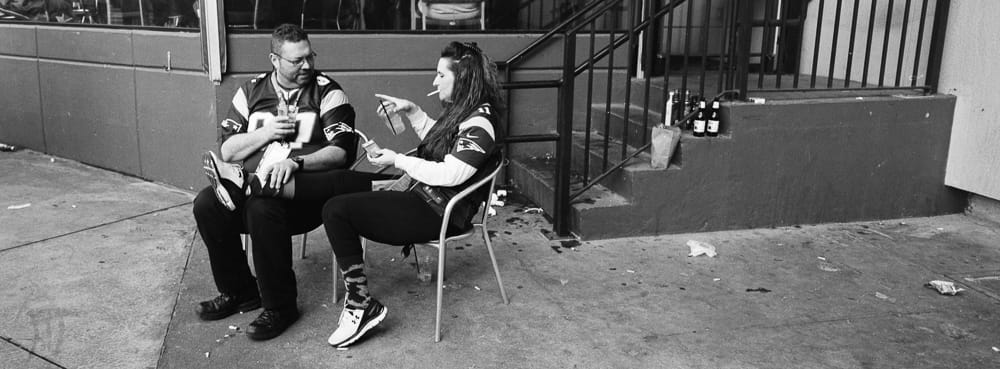
The act of framing shots is a bit of a challenge, however. Never have I had this much frame to fill, and I have to say it was really hard to get used to. But that’s all part of the fun of trying to master this odd format.
The camera offers quite a few advanced features. It advances the film automatically, and can be set to auto detect DX-coded film, which you can choose to override for pushing/pulling. It shoots in aperture priority or fully manual exposure modes.
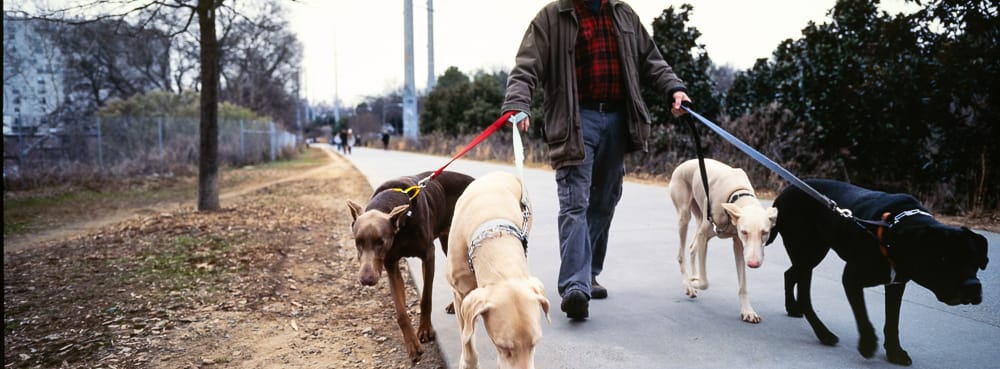
In the viewfinder, there’s bright lines that automatically change depending on which lens is mounted, there’s a vivid rectangular focusing patch, and light meter indicators to aid exposure. The meter is center-weighted TTL averaging type. You can adjust for backlit subjects via the exposure compensation dial. Shutter speeds go up to 1/1000s and it has a flash sync speed of 1/125s.
The 45mm and 90mm lenses are not terribly fast at f/4, but they make up for it in size and performance. They’re sharp and render beautiful images. To compensate for the slow lenses, I shot mostly with 400-speed film, although I faired well with Ektachrome 100 too.
Final Thoughts on the Hasselblad Xpan II
Overall, I really enjoyed shooting the Hasselblad Xpan II. It lived up to my expectations and then some. It’s versatile enough to use as an everyday camera, and if you enjoy the wide format, there’s pretty much nothing better. It gives images that cinematic look that’s great for storytelling and just dares you to try and fill that frame with as many elements as possible. I may have to save up for a few years to get one, but it would certainly be worth it.
A Few More Shots with the Hasselblad Xpan II
